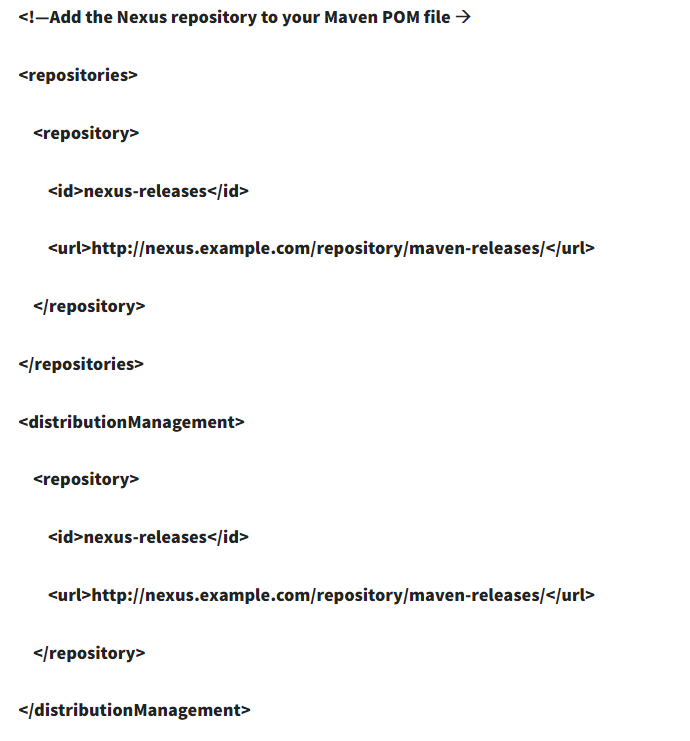What is the difference between Artifactory vs Nexus?
I am currently working as a DevOps engineer for a particular company. My team is currently emulating different artifact repositories to improve my CI/CD pipeline. The two primary candidates are Jfrog artifactory and sonatype nexus. My company’s development environment includes a mix of Java programming language, Python programming language, and node.js projects. Which features of Artifactory and Nexus should I use considering my company’s need for a reliable and scalable artifact repository?
In the context of DevOps, here are the differences between artifactory vs Nexus given in terms of your given scenario:-
Artifactory
Artifacts management: Artifactory can support a wide range of packages which includes maven, gradle, docker, npm, PyPI, and more. It also can offer more robust metadata management as compared to Nexus.
Security: It can provide fine-grained Access control with role-based access control. It can also support Integration with LDAP, SAML, etc.
CI/CD integration: Artifactory can integrate seamlessly with Jenkins bamboo, GitLab CI, and other CI/CD tools. It can offer REST APIs and a CLI for automation and the purpose of scripting.
Nexus
Artifactory management: The Nexus can support similar package types such as artifactory. It can also provide rich metadata management and search functionality as well.
Security: the Nexus can include role-based access control. It can also Integrate with LDAP, SAML, etc.
CI/CD Integration: The Nexus can integrate with Jenkins, Bamboo, and other CI/CD tools. It can also provide REST APIs and Nexus-specific plug-ins for automation.
Here is the coding structure given for setting up a maven repository and uploading artifacts by using Jfrog CLI :
Setting up Maven repository
# Create a JSON file for the repository configuration
Cat < maven>2. Uploading an artifacts


